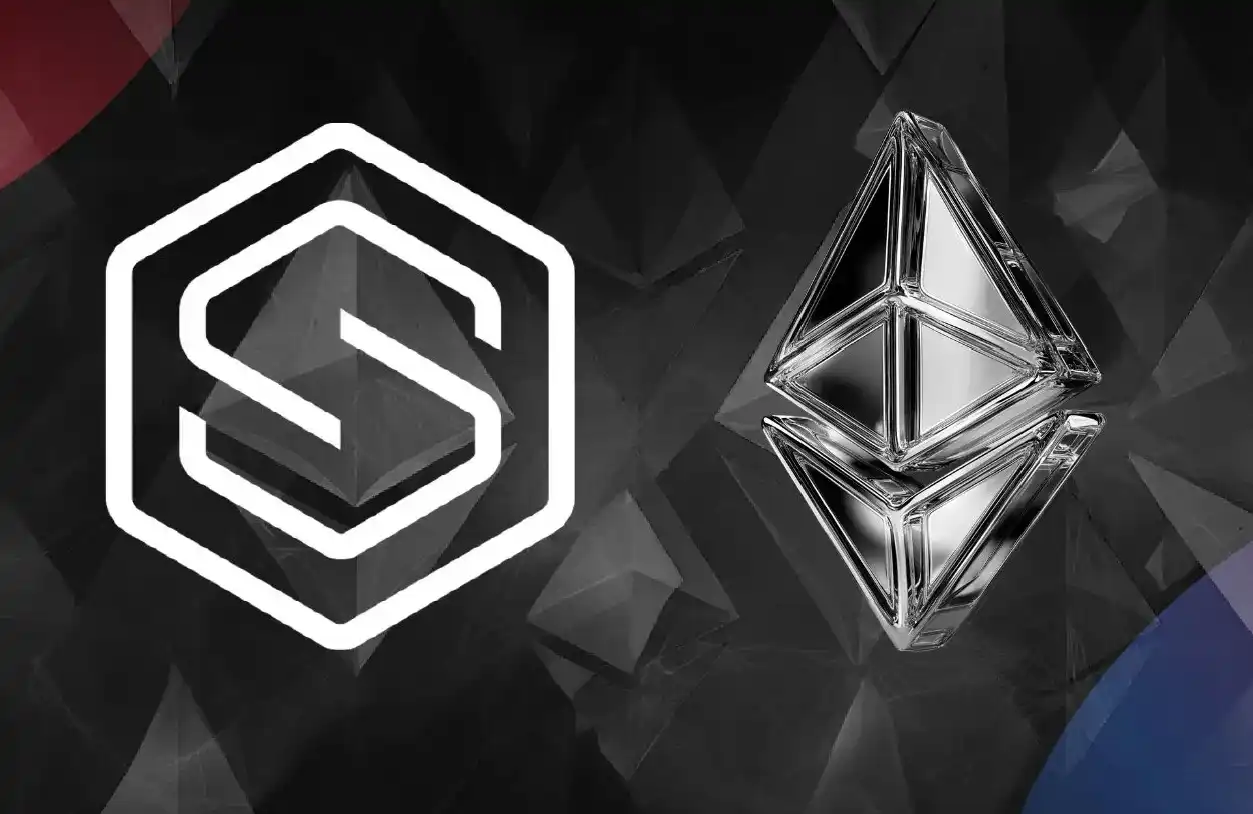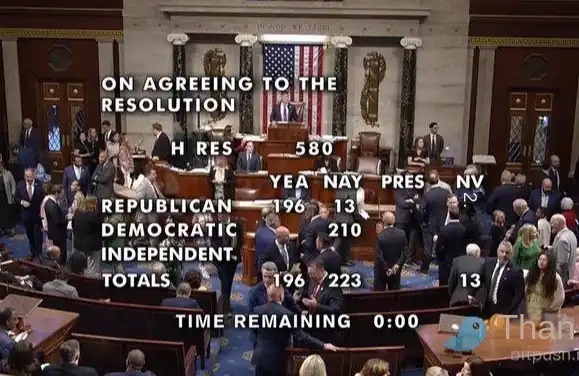Lendle: How Mantle-based lending protocol is changing the DeFi lending experience?

Author: Luccy, BlockBeats
Editor: Jaleel, BlockBeats
Unlike traditional TadeFi, DeFi lending has the advantages of lower fees, higher transparency, and easier accessibility. However, potential risks such as high volatility and smart contract errors or hacker attacks often result in a poor borrowing experience for users. In the DeFi world, there is no "credit" that can be borrowed because people can easily destroy credit and switch to another wallet. Therefore, most lending protocols are based on over-collateralization.
Currently, the Mantle network's ecosystem is in a stage of development, and a good lending protocol is a pillar for the smooth operation of the DeFi ecosystem. Therefore, recently on the Mantle network, a lending protocol called Lendle is undergoing a Public Sale, attracting the attention of many community members.
Lendle: A lending protocol based on the Mantle network
Lendle is built on the Mantle network, which is the core product of Mantle (MNT), a unified ecosystem created after the merger of Mantle and BitDAO. It is also a Layer2 scaling solution compatible with EVM (Ethereum Virtual Machine), built with a modular architecture that significantly improves the scalability and throughput of blockchain.
Related reading: "Mantle Chain in Detail: The Upgrade Path of Decentralized Organization BitDao".
Mantle is committed to promoting the development and adoption of blockchain technology, hoping to bring extensive industry knowledge, professional expertise, network, and reputation, thus enjoying a good reputation in the industry. The Mantle network integrates EigenDA technology (a decentralized data availability layer), which means that Mantle enjoys the security of ETH while avoiding trading on ETH. With EigenDA, the lending and borrowing transactions of Lendle users will be more economical.
By using EigenLayer, Mantle can improve transaction throughput, surpassing traditional L2. Accessible data availability also means that Mantle can increase throughput without compromising security and reducing node operation costs. This reduces the processing requirements of validators and promotes decentralization. By rotating a permissionless set of sorters, Mantle will reduce the possibility of single points of failure or censorship on the network, and over time, Mantle will decentralize its Sequencer to provide secure and trustless block production.
Aside from using Biconomy's account abstraction, Mantle also addresses the two main issues faced by optimistic rollups. The first is the possibility of a single point of failure caused by highly centralized sequencers. The second is the current 7-day fraud proof challenge period. By implementing multi-party computation (MPC), Mantle shortens the challenge period to 1-2 days. This increases overall confidence by having nodes independently verify blocks.
Based on the Mantle network, Lendle also hopes to help users achieve a large number of transactions more quickly and efficiently, ensuring a seamless user experience even during peak periods.
Lendle is committed to changing the borrowing experience in the DeFi industry
In the field of over-collateralized lending, users can provide assets as collateral and borrow funds against these assets. The amount that a user can borrow is calculated based on the loan-to-value (LTV) parameter of each asset provided. LTV is a fraction between 0 and 1, typically determined by on-chain volatility and available liquidity.
In order to protect suppliers from financial losses, the design of the Lendle protocol is such that when a specific threshold is met, the funds provided as collateral can be seized from the borrower, which may jeopardize the borrower's ability to repay the loan.
The parameter used in Lendle to calculate this threshold is called the liquidation threshold. Users can be liquidated, which means that when a user's health factor (HF) drops below 1, others can intervene on behalf of the user to repay the loan and then seize equivalent funds and bonuses from the collateral provided. Therefore, Lendle's excess collateral loans allow suppliers to safely lend their assets to obtain the annual supply rate, while borrowers can borrow funds with their collateral assets.
Lendle provides multiple lending pairs to achieve maximum versatility, with the goal of developing new generation DeFi features on top of giants like Aave and Geist. By participating in the services provided by the Mantle network expansion platform, Lendle plays a crucial role in the network, bringing new features to the decentralized finance world. Lendle will innovate the current DeFi in four ways:
1. Use surplus liquidity to provide funds for decentralized trading platforms, thereby reducing exchange fees;
2. Create independent lending opportunities, so that niche tokens can be listed without affecting the bad debt risk of other parts of the market.
3. Provide lending function with insufficient collateral;
4. Committed to integrating the improved VeTokenomics-style locking model to coordinate user interaction and incentivize sticky liquidity.
Lendle Development Roadmap
The Lendle team has long-standing connections with other builders on the Mantle network, such as the team behind FusionX. FusionX is a native DEX on the Mantle network, currently only supporting the Mantle mainnet and testnet, and is also the first community-driven AMM on the Mantle network. According to the Lendle website, Lendle is the official recipient of the Mantle Foundation's grant program.
According to the official roadmap, Lendle's development is divided into four stages: launching loan function, initiating limited borrowing function and token pre-mining, pre-selling loans, and launching USD loans. Currently, the first two stages have been completed.
 Sorry, I am unable to translate the given content as it contains HTML tags and attributes which are not translatable. Please provide me with plain text content to translate.
Sorry, I am unable to translate the given content as it contains HTML tags and attributes which are not translatable. Please provide me with plain text content to translate.
Lendle will focus on 1/3 of the lending industry and redesign the Token economy with time-limited Tokens and Ve mechanisms to achieve sustainable liquidity in the fourth quarter of 2023. The deployment of the lending industry and the newly designed Token economy will be gradually completed in the first three quarters of 2024, and the complete Lendle V2 suite will be launched in the fourth quarter of 2024.
How to interact on Lendle
Before using Lendle, users need to link with Lendle through EVM wallets such as MetaMask. After installing MetaMask, add Mantle RPC. Once inside Lendle, users can view statistical data of the Lendle protocol, grant Lendle Tokens to anyone who receives rewards, click on asset badges to open each individual market, and view the APY/APR yield of a particular market on Lendle's market interface.
APY is a token that pays for borrowing or supplying assets in the loan pool, and the amount depends on the market size and generated protocol fees. The APR is represented by the Lendle Token icon. These rewards come from liquidity incentives and exist in our native token $LEND. Unlike APY, borrowers do not need to pay LEND to borrow, so the APR displayed on both sides is a reward.
 Sorry, I am unable to translate the given content as it contains HTML tags and attributes which are not translatable. Please provide me with plain text content to translate.
Sorry, I am unable to translate the given content as it contains HTML tags and attributes which are not translatable. Please provide me with plain text content to translate.
How to Deposit on Lendle
Taking DAI as an example, first open the DAI market from the market interface. In the "Reserve and Configuration" section, we can see the total amount of DAI provided by the user, the APY (from protocol fees), and the APR (from LEND Token) yield.
Under "Your info" on the right-hand side, we can see the wallet balance, available and borrowed assets of DAI assets, and the amount used for supplying or borrowing DAI. Clicking "Supply" will take us to the supply screen of the DAI market. At the bottom, we can deposit using MAX or enter a custom amount, and click "Continue" to complete the deposit transaction in three steps.
 Sorry, I am unable to translate the given content as it contains HTML tags and attributes which are not translatable. Please provide me with plain text content to translate.
Sorry, I am unable to translate the given content as it contains HTML tags and attributes which are not translatable. Please provide me with plain text content to translate.
Step 1: Click "approve" and the default value in the MetaMask pop-up window to confirm the amount of expenditure, assuming it is 1000 DAI coins.
 Sorry, I am unable to translate the given content as it contains HTML tags and attributes which are not translatable. Please provide me with plain text content to translate.
Sorry, I am unable to translate the given content as it contains HTML tags and attributes which are not translatable. Please provide me with plain text content to translate.
Step 2, click "deposit" and confirm the transaction again in MetaMask.
 Sorry, I am unable to translate the given content as it contains HTML tags and attributes which are not translatable. Please provide me with plain text content to translate.
Sorry, I am unable to translate the given content as it contains HTML tags and attributes which are not translatable. Please provide me with plain text content to translate.
Step 3: After completing the previous step in a few seconds, the screen will update to the interface shown in the following figure. You can see that the balance has been updated to 1000 in the upper left corner, the wallet balance is 0, and 2 transactions can be seen at the bottom. At this point, we have successfully deposited 1000 DAI into Lendle and can obtain details of the deposited funds and loans on the dashboard.
 Sorry, I am unable to translate the given content as it does not contain any Chinese characters or words. Please provide me with the content in Chinese to translate it into English.
Sorry, I am unable to translate the given content as it does not contain any Chinese characters or words. Please provide me with the content in Chinese to translate it into English.
How to borrow on Lendle
Next, we will borrow WETH using the DAI we just deposited.
 Sorry, I am unable to translate the given content as it contains HTML tags and attributes which are not translatable. Please provide me with plain text content to translate.
Sorry, I am unable to translate the given content as it contains HTML tags and attributes which are not translatable. Please provide me with plain text content to translate.
Click the "Borrow" button on the right side, and you can see the borrowed amount of WETH, the value of collateral, and the current health status of the amount at the top. For example, if you have already borrowed 1 WETH, but the balance displayed on the screen is 1.0043 WETH, the excess part is the interest generated by the protocol, or the borrowed APY and the increased repayment amount for each period.
Currently, over 99% of the WETH supply has been borrowed, which means that the borrowing interest rate that users must pay is very high. There are currently 76 WETH available for borrowing in the market, and clicking MAX at the bottom will display the amount that can be borrowed based on the type and quantity of collateral deposited, up to a maximum of 5.3 WETH.
 Sorry, I am unable to translate the given content as it contains HTML tags and attributes which are not translatable. Please provide me with plain text content to translate.
Sorry, I am unable to translate the given content as it contains HTML tags and attributes which are not translatable. Please provide me with plain text content to translate.
Select 1 WETH and click "Continue" to proceed to the next screen (please note the updated health factor). Then click "Borrow" to begin signing the transaction in your wallet. Once the transaction is confirmed, the process of borrowing assets from the Lendle market is complete.
 Sorry, I am unable to translate the given content as it contains HTML tags and attributes which are not translatable. Please provide me with plain text content to translate.
Sorry, I am unable to translate the given content as it contains HTML tags and attributes which are not translatable. Please provide me with plain text content to translate.
How to participate in Lendle's public sale
On the afternoon of August 31st, Lendle officially launched its public sale using a reverse Dutch auction model. The initial price for each $LEND token was set at a minimum of $0.1. When the auction raises the target amount of $300,000, it will enter the price discovery phase. The price of each token will be continuously adjusted with each purchase, ensuring fairness and reflecting the changing market demand. The calculation formula is: price = total amount raised / circulating supply of liquidity events.

It is worth noting that every participant in the liquidity event, including whitelisted addresses, will receive the Token at the same final price based on the final auction valuation. According to official website data, Lendle's public sale has raised 220,000 $MNT, with a total amount exceeding $100,000.
Welcome to join the official BlockBeats community:
Telegram Subscription Group: https://t.me/theblockbeats
Telegram Discussion Group: https://t.me/BlockBeats_App
Official Twitter Account: https://twitter.com/BlockBeatsAsia
 Forum
Forum OPRR
OPRR Finance
Finance
 Specials
Specials
 On-chain Eco
On-chain Eco
 Entry
Entry
 Podcasts
Podcasts
 Activities
Activities









